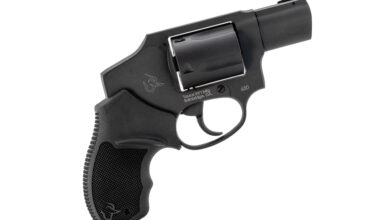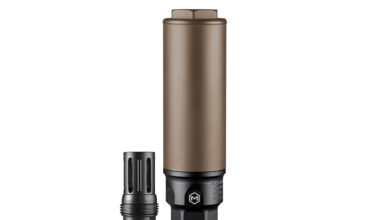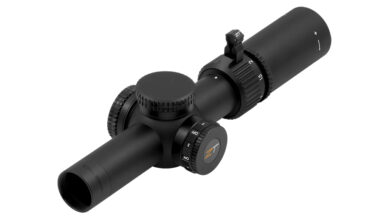Birdshot: Is it Good for Home Defense?
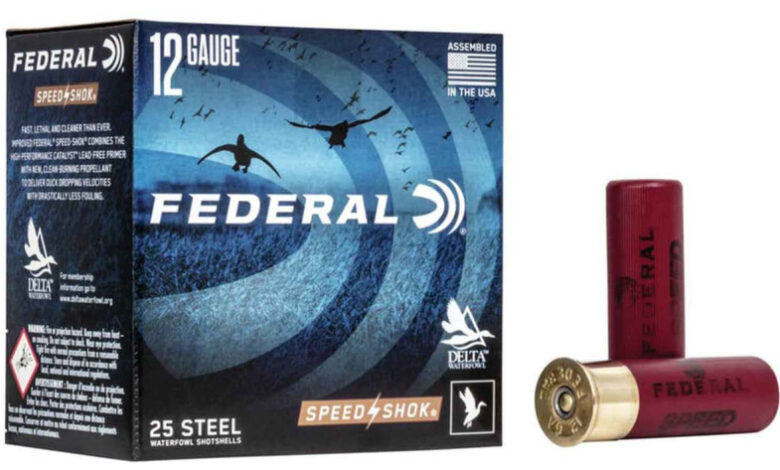
Shotguns have been the chosen firearm for home defense for decades. That might’ve made sense in the past, but as with everything, technology changes things. If you do prefer shotguns, then you’ve probably heard that birdshot is your best bet for home defense. People who say birdshot is ideal for home defense tend to cite things like lack of over-penetration, multiple impact points due to the number of pellets, and ease of use. But is birdshot actually any good for home defense? We’re going to check out the reality of birdshot being used for home defense and hopefully dispel a few myths along the way.
What is birdshot?
To be clear, birdshot is the term used to refer to a range of smaller-sized pellets used in shotshells. Birdshot sizes include No. 9, with a diameter of .08 inches per pellet; no. 6, with a diameter of 0.11 inches per pellet; and the popular No. 4, which has a diameter of 0.13 inches. How many pellets are loaded into the shotshell depends on the specific ammo, but there is a general rule of thumb.
Let’s use No. 4 as an example. A 1-ounce shotshell load of No. 4 has an average of 136 pellets, a 1.25-ounce shot usually has about 170 pellets, and a 1.375-ounce shot has about 255 pellets. That might sound fantastic. More wound cavities, right? However, the number of pellets doesn’t directly translate to wounding potential for defensive purposes.
Birdshot is specifically designed for use on birds, and if you spend time wing-shooting, you know that means nailing a good headshot for a clean kill. No. 4 birdshot can be found for ducks, pheasants, and turkeys. These are all birds with small heads and fragile skulls. If you’re bird hunting and don’t shoot correctly and accidentally impact their body and not their head, that bird just might keep flying.

Can you use birdshot for home defense?
The question about whether you can use birdshot for home defense is less “can” and more “should.” Sure, you can load your shotgun with birdshot and hope for the best. But before you decide to use birdshot, there are a few things to consider.
Shotshells have a wad that’s located behind the pellets, whether it’s birdshot or buckshot. Wads are often made of plastic, but there are also fiber and paper wads. The wad helps the pellets produce a better and more consistent pattern. If you’ve spent time running shotguns, you’ve likely also had to take time to pattern them. Not all shotguns and ammo behave the same way, and it helps a great deal if you know how your chosen shotgun and ammo combo is going to pattern at a variety of distances. And, yes, you also want to know if it patterns well at all because all shotshells are not created equal.
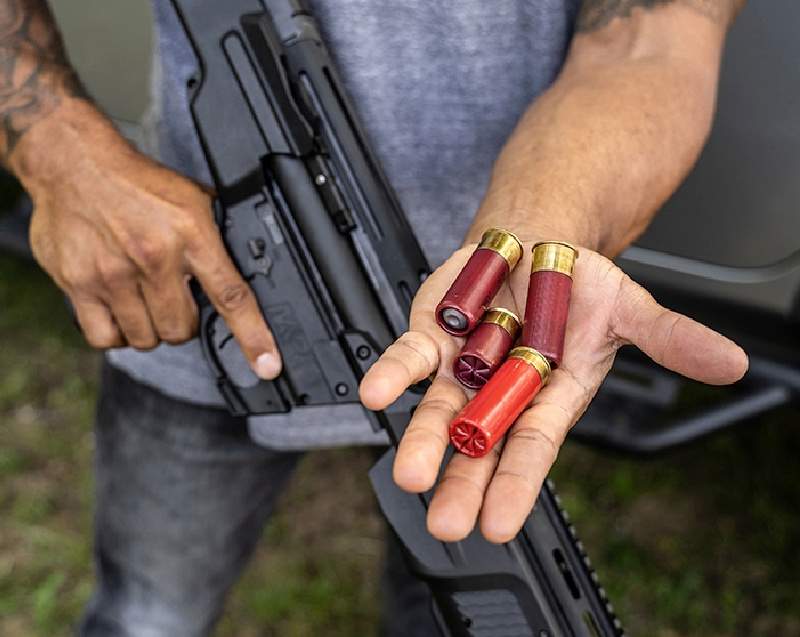
For birdshot to deliver an effective impact that translates to a significant wound to stop a threat, you’d ideally be within five feet or less. Of course, anything under 10 feet has the potential to work. Once you hit 10 yards and beyond, your birdshot has spread out to the point it’s really unlikely to stop the threat.
Now, stop and think about the size of your shotgun. The odds are good it hovers somewhere around three feet or less in length from the muzzle to the butt. This means you’re going to need to be within gun-grabbing range for a truly effective shot at an attacker.

Doesn’t birdshot penetrate less?
How much any projectile penetrates through inanimate objects depends on a lot of factors, including the specific object it’s hitting. Maybe it’ll hit a stud or some other object in the wall or door that’s hard enough to halt its progress. Maybe it’ll fly right on through a thin pressboard door or drywall. Any projectile can over-penetrate given the correct set of circumstances. As gun owners, we try to select defensive ammo that’s designed not to over-penetrate but instead slows down on impact.
Birdshot is often less prone to over-penetration than buckshot. However, it could still over-penetrate. Birdshot is made for birds and their fragile bodies, not humans. If you find yourself facing a human wearing heavy clothing or some type of body armor, your birdshot is unlikely to help you out at all.
What shotshell is good for home defense?
If you’re going to use your shotgun for home defense, get the right ammo. Well-made defensive loads are buckshot or slugs. Good examples include Hornady’s Critical Defense 12-gauge ammo, which uses 00 buckshot, and Federal Personal Defense with FliteControl Wad. An example of a self-defense shotshell load that combines projectiles is the Winchester PDX1 Defender. It contains both a 1-ounce rifled slug and three plated 00 buckshot pellets.
Before choosing a defensive load, consider the most likely range at which you’ll be using it inside your house. The length of hallways and rooms does impact ballistics for all ammo. It’s another reason you need to get a shotshell specifically made for self-defense, not bird hunting. They’re made for different targets, varying purposes, and completely different shooting distances.
Friends don’t let friends use birdshot for self-defense. Ensure you’re using the best ammo possible for the specific application, then practice with it. There’s more to home defense than simply having a gun around.
The post Birdshot: Is it Good for Home Defense? appeared first on The Mag Life.
Read the full article here


